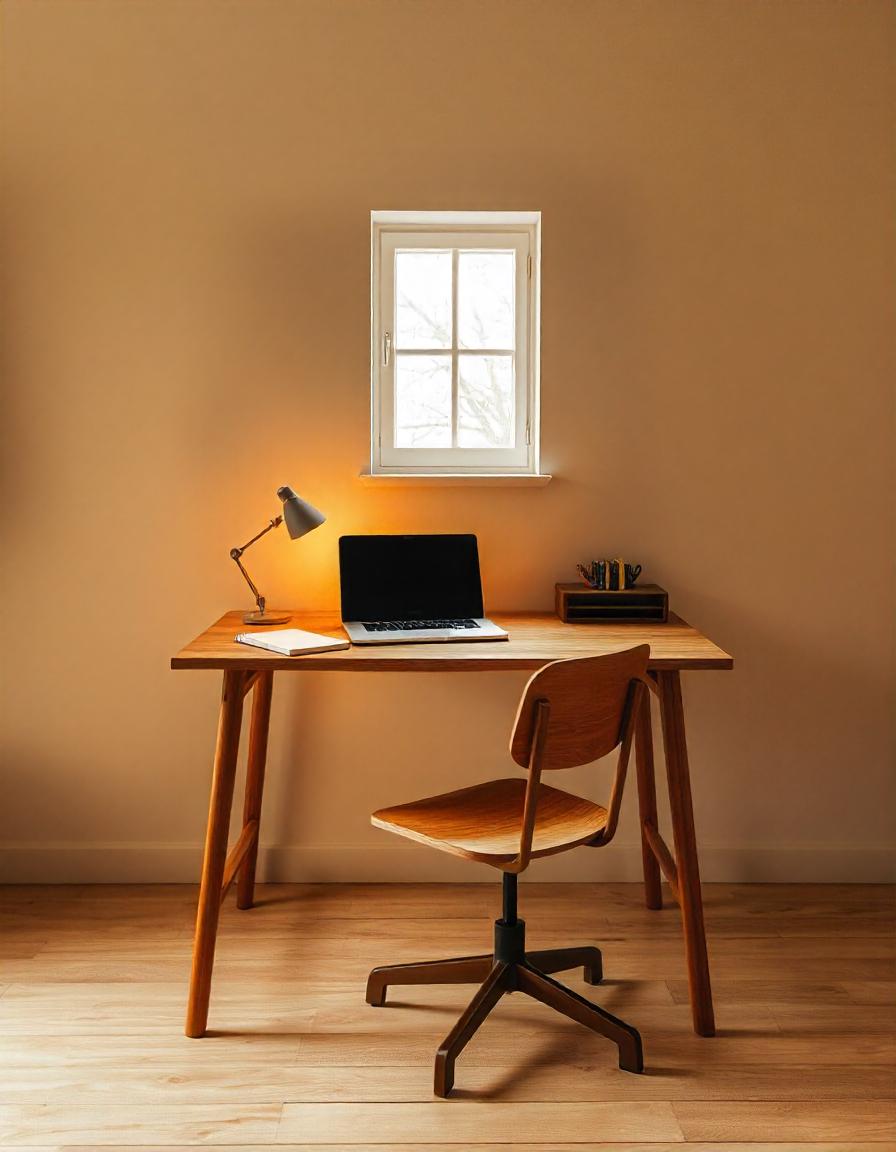Embracing Minimalism in Design
Minimalism in design transcends being merely a visual trend; it embodies a philosophy that prioritizes simplicity, functionality, and the elimination of excess. In an era overwhelmed by information and distractions, minimalism provides a refreshing perspective by concentrating on the essentials. Whether in graphic design, interior design, product design, or web design, minimalism has emerged as a powerful approach that significantly influences how we create and experience art, spaces, and products.
What is Minimalism in Design?
At its essence, minimalism involves stripping away the superfluous to highlight what truly matters. This principle of “less is more” manifests in design through carefully selected elements that serve a specific purpose, with every detail being intentional. Minimalism is characterized by clean lines, open spaces, neutral color schemes, and a simplicity of form, all aimed at fostering clarity and order.
The goal of minimalist design is not to create something devoid of personality, but rather to achieve elegance and functionality through simplicity. By removing distractions, minimalist design enables the viewer to concentrate on the core message, product, or experience.
Key Principles of Minimalism in Design
Simplicity
Minimalist designs are powerful in their simplicity. They focus on decluttering and removing non-essential elements, allowing designers to emphasize what’s truly important. By reducing to the essentials, every component is ensured to serve a functional or aesthetic role.
Whitespace
Also known as negative space, whitespace is a crucial aspect of minimalist design. It refers to the empty spaces surrounding and between elements. Whitespace creates balance, enhances readability, and draws attention to key features, making the design feel more spacious and less overwhelming.
Clean Lines and Geometric Shapes
Minimalist designs frequently incorporate clean lines, geometric shapes, and symmetrical arrangements. These design elements provide structure and organization, contributing to a sense of order and simplicity. They also cultivate a timeless, modern aesthetic that is visually appealing.
Neutral Colors
Minimalist designs typically favor neutral color palettes, including whites, blacks, grays, and earthy tones. These colors generate a calm, uncluttered environment that allows the design’s form and function to shine. Additionally, minimalist designs may introduce one or two accent colors for emphasis and contrast.
Functional Aesthetics
Minimalist design marries aesthetics with functionality. Each visual element must fulfill a purpose, whether enhancing usability, conveying information, or eliciting a specific emotional reaction. There’s no place for unnecessary adornment or excessive details.
The Popularity of Minimalism in Design
Clarity and Focus
Minimalism excels at fostering clarity and focus. In a world inundated with information, it cuts through the noise, enabling viewers to swiftly grasp the key message or navigate an interface without distraction. In web and app design, this leads to more user-friendly and intuitive experiences.
Timeless Appeal
The enduring aesthetic of minimalism avoids fleeting trends by embracing simple, elegant design elements. This timeless quality makes minimalist designs adaptable across various platforms, industries, and eras.
Increased Usability
In both web and product design, minimalism often enhances usability. With fewer elements to navigate, users can interact more effortlessly with a design. Intentional placement of buttons, text, and images contributes to smoother experiences and straightforward functionality.
Mental Clarity
The emphasis on simplicity and order in minimalist design can offer psychological benefits. Research indicates that cluttered environments or overly complex designs can lead to mental fatigue and stress. By minimizing excess, minimalism cultivates a calming, clear atmosphere that promotes focus and well-being.
Examples of Minimalism in Design
Apple
Apple has become synonymous with minimalist design. From product designs to user interfaces, the brand prioritizes sleek, simple forms that emphasize the functionality of their devices. Their websites, marketing materials, and retail spaces embody minimalist principles, showcasing clean lines, neutral colors, and user-friendly layouts.
IKEA
IKEA exemplifies minimalism in product design and home decor. Their furniture often features simple, geometric shapes combined with functionality. With a focus on neutral colors, practical designs, and an emphasis on storage, IKEA reflects minimalist principles that appeal to consumers seeking clean, organized living spaces.
Google
Google’s search page stands as one of the most iconic illustrations of minimalism in design. The homepage features a straightforward layout with ample whitespace, directing attention entirely to the search bar. This design choice eliminates distractions, allowing users to immediately engage with the site’s core function—searching for information.
The Future of Minimalism in Design
As our world becomes increasingly digitally interconnected and information overload persists, the demand for minimalist design is likely to rise. With technology playing a larger role in daily life, users will continue to expect interfaces that are intuitive, easy to navigate, and devoid of clutter. Minimalism offers a solution by prioritizing essential content and functionality.
Looking ahead, minimalist design may evolve further alongside emerging technologies such as augmented reality (AR) and virtual reality (VR), where simplicity and clarity will remain crucial for creating engaging and immersive user experiences.
Conclusion
Minimalism in design encompasses much more than aesthetics; it represents a mindset centered on simplicity, functionality, and purpose. By discarding unnecessary elements and focusing on what truly matters, minimalist designs foster clarity, enhance user experiences, and nurture emotional connections. Whether in web design, product design, or graphic arts, minimalism continues to shape how we create and interact with the world. By embracing this philosophy, designers can produce timeless, effective, and beautiful works that resonate deeply with audiences.



